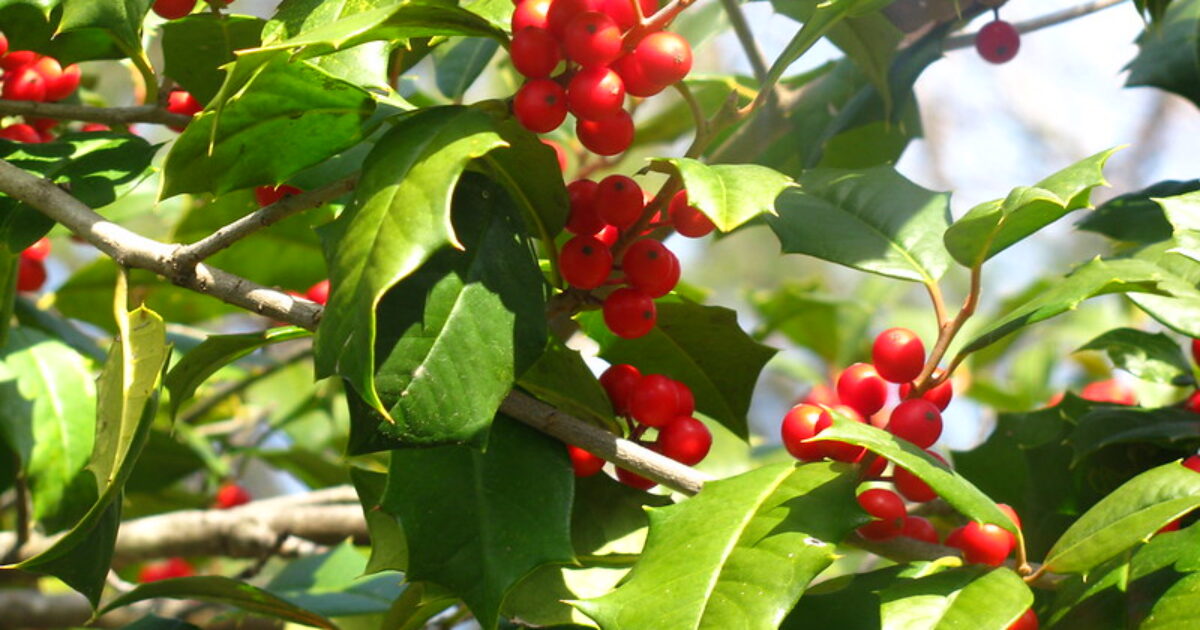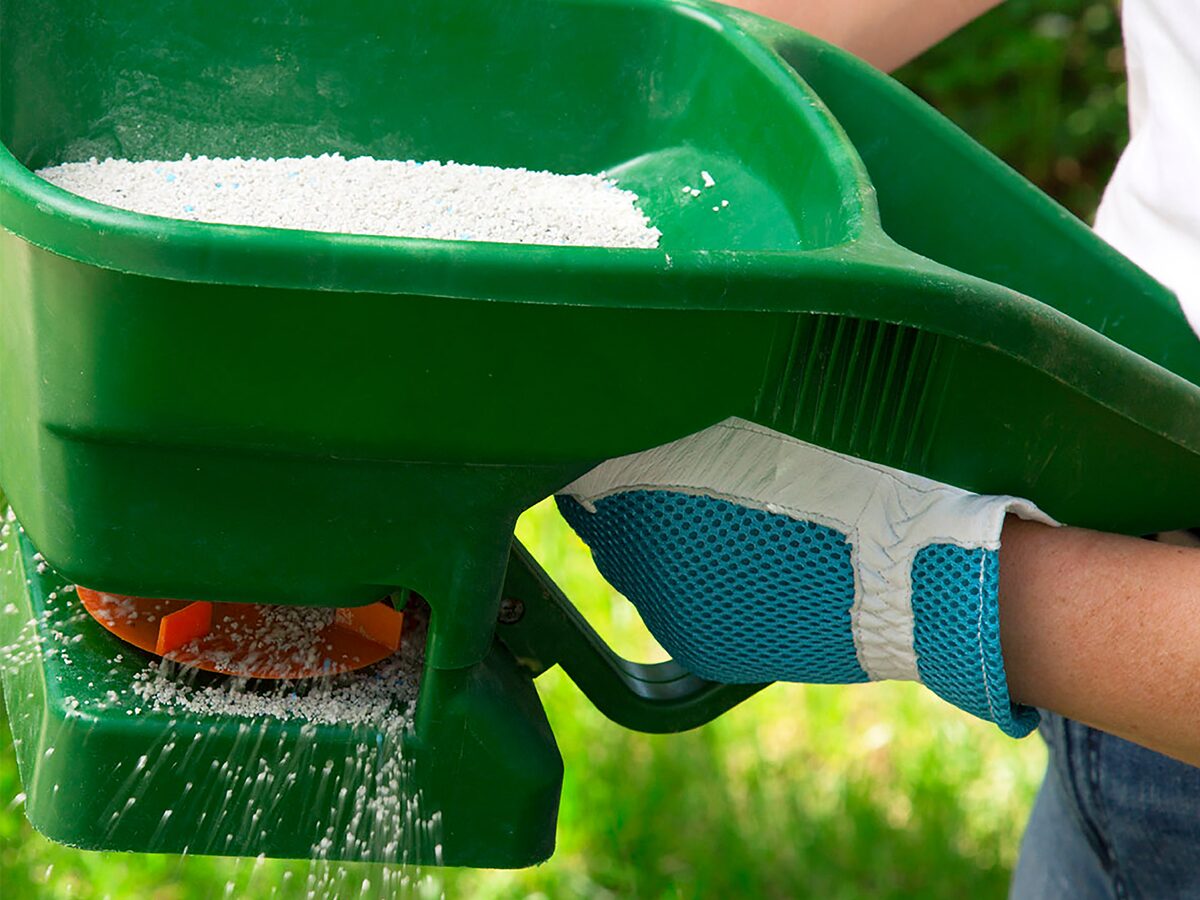Every late winter and early spring, many holly plant owners notice an alarming change in their shrubs. The once-lush green foliage begins to turn yellow and, in some cases, drop off in large quantities. This can be worrying, especially when it seems like the plant is losing more leaves than expected. However, there’s no need to panic. This leaf drop is a completely natural and healthy part of the holly’s growth cycle!
Understanding the Holly’s Growth Cycle
Hollies, like many evergreen plants, undergo a process of leaf shedding and regrowth throughout the year. While we commonly think of evergreens as holding onto their leaves all year round, they actually do lose a portion of their leaves during seasonal transitions. Late winter and early spring are particularly noticeable times for this process because it coincides with the onset of warmer weather, triggering a cycle of new growth.
Typically, holly plants will lose about one-third of their leaves during this time, particularly the older leaves closer to the center of the plant. This phenomenon is often most visible in varieties like the American Holly (Ilex opaca), English Holly (Ilex aquifolium), or Japanese Holly (Ilex crenata), though it can happen with many types of holly.
Why Does This Happen?
The shedding of older leaves during late winter and early spring is a natural way for the holly to prepare for the new growth cycle. During the colder months, the plant’s energy is focused on maintaining core functions and conserving resources. As temperatures rise and daylight increases, the plant “wakes up” and redirects its energy into producing fresh, new leaves that are better suited for the upcoming growing season.
The yellowing of leaves occurs because older foliage at the center of the plant, which has been exposed to lower light levels and more extreme conditions during winter, starts to break down. Chlorophyll (the green pigment responsible for photosynthesis) begins to degrade, giving the leaves a yellowish hue before they are shed.
Why Do the Leaves Closer to the Center Yellow First?
The key to understanding why holly plants lose their inner leaves first lies in how they grow and how energy is allocated within the plant. The leaves near the center of the holly bush or tree are generally older and have been exposed to less sunlight, especially during the winter months when the plant is dormant. Since these leaves are not producing as much energy for the plant, they begin to deteriorate first.
On the other hand, the younger, outer leaves—often closer to the tips of the branches—are more actively photosynthesizing and are generally in better condition. These outer leaves are more efficient at capturing sunlight and helping the plant build energy for the new growth phase, so they tend to remain green for a longer period of time. This results in the visual effect where the interior of the plant looks sparse or yellow, while the tips remain lush and green.
Will My Holly Be Okay?
Absolutely! While the sight of a holly tree shedding leaves might look concerning at first glance, this is just part of its normal seasonal rhythm. After the leaf drop, the holly will quickly regenerate, flushing out new, vibrant dark-green leaves that will remain healthy throughout the spring, summer, and fall. These new leaves will help the plant thrive during the warmer months, ensuring its overall health and aesthetic appeal.
In fact, the loss of old leaves and the emergence of new foliage is actually a positive sign. It indicates that your holly is actively growing, shedding old material, and making way for fresh, healthier growth.
When Should You Be Concerned?
In most cases, this type of leaf drop is completely normal, but there are a few things to keep in mind. If you notice that your holly is losing leaves at an unusual rate during the growing season (spring through fall), or if the yellowing is accompanied by other signs of distress—such as browning tips, spots, or wilting—there could be an underlying issue, such as:
- Pests or disease: Certain pests, like scale insects or aphids, or fungal diseases can affect holly plants, causing premature leaf drop.
- Water stress: Both overwatering and underwatering can cause holly plants to shed leaves prematurely.
- Nutrient deficiencies: A lack of essential nutrients, particularly nitrogen, can result in yellowing foliage and poor growth.
Tips for Helping Your Holly Thrive
To ensure your holly remains healthy through the leaf drop and regrowth process, consider the following care tips:
- Avoid over-fertilizing: Holly plants don’t need a lot of fertilizer. Over-fertilizing can cause excessive, weak growth that may be more susceptible to pests and disease.
- Water consistently, but don’t overdo it: Holly plants prefer moist, well-drained soil. Make sure the soil stays moist, especially during dry spells, but avoid waterlogging the roots.
- Mulch around the base: A layer of mulch can help retain moisture and keep the roots cool, especially during warmer months.
- Prune sparingly: While pruning is important for shaping the plant, excessive pruning can stress the holly. Only remove dead or damaged branches, and avoid heavy pruning during the active growing season.
Hollies are resilient plants that have adapted to shed older leaves and refresh themselves as part of their normal growth cycle. If you notice yellowing or leaf drop in late winter or early spring, don’t worry—it’s a temporary and natural process that leads to new, healthy foliage. With a little patience and proper care, your holly will soon bounce back, showing off vibrant new leaves that will last through the growing season.
If you’re still not convinced that your hollies are healthy, give us a call at 484.886.0994 or 484.744.3701 to set up a free consultation.




